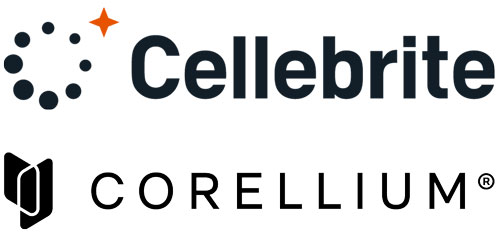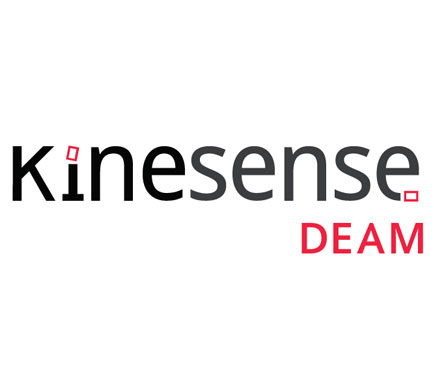

Kinesense DEAM
Easy sharing and access to digital assets
Kinesense DEAM is a complete digital evidence (DEM) & digital asset (DAM) solution for police to make evidence and assets management even easier. But what makes the Kinesense solution unique is that in addition to storing and securing all documents, records, reports, photos, interview recordings, audio and forensic images, etc, it is also specifically designed to support video from CCTV, mobile phones and body worn cameras; so many different video formats that other systems simply can’t handle.
Eliminate the costly physical transfer of assets and evidence
With the Kinesense DEM solution, users can import and upload digital media to a case, add a reference to a case and share with colleagues and prosecutors alike. Users can log on to the system to search for videos using key metadata tags.
Easier collaboration
Users can review uploaded assets, bookmark key sections of videos and assign tasks or request feedback from colleagues. The solution logs all users’ actions, administrative rights and permissions and also enables assets to be accessed or shared on a restricted or open basis.
Securely archive digital data
We have built the solution so that it can be hosted on the cloud. Being delivered as a Software as a Service (SaaS) solution means that the cost of entry is not prohibitive, and you can scale it quickly, flexibly and securely in your organisation. Most importantly, all assets including video are tracked and any actions take by personnel are logged ensuring a complete evidential trail.

What is a digital evidence management system?
A digital evidence management system or digital asset management system is a web-based solution for bringing all of your evidential assets together in one central location so that they can be accessed securely and easily by everybody who needs them simply by logging into one application. It joins all the disparate systems so that evidence is instantly available in a readable or playable format regardless of the original source.
Why do police forces need a Digital Evidence Management system?
1. Evidence Collection
Evidence has to be collected from the crime scene or from other source locations before it can be used as part of an investigation. There are some astonishing examples of how time and money is wasted collecting evidence. For example, in the space of 12 months London Metropolitan Police officers undertook 32,000 separate journeys picking up DVDs and USBs containing evidential material, potentially equating to more than 50,000 man-hours. Saving that amount of time could be equivalent to giving a force back an additional 24 officers for 12 months.
2. Viewing, Processing and Analysing the evidence
It is estimated that there are up to 2,000 different IT and software solutions in operation across all UK police forces, many of which are not integrated or compatible with each other. Investigators have to review and analyse the evidence within strict time limits and often in collaboration with colleagues or external agencies such as The Crown Prosecution Service. Having to wait to receive physical media before they can view it or rely on IT to solve issues with playability, compatibility, encryption or connectivity causes further delays.
3. Sharing evidence
Sharing evidence on time with those that need it is also critical. Often the files may be too large to email and so USBs and DVDs are still commonly used but relying on these can be fraught with problems and risks. The consequences of files not being readable or playable or not arriving on time in court means crucial evidence may not be available or even deemed inadmissible. Physical media getting lost or stolen can be frustrating and very costly and can cause significant delays across the criminal justice system. Other examples showing the dangers of sharing physical media include highly confidential DVDs being lost in the post, unencrypted USB sticks being left on public transport or stolen from officer’s cars, leading to severe fines for the force and even dismissals for officers. All of these inconveniences, delays, losses and fines can be easily avoided by giving officers secure and direct access to vital evidence via a digital evidence management system and by giving external agencies, The Crown Prosecution Service and Defence Council controlled access too.
Police forces are facing the ever increasing challenge of how to manage and process digital evidence.
In the UK, a CoPacc National Police survey identified the 3 key issues that were of most concern to officers on a day to day basis.
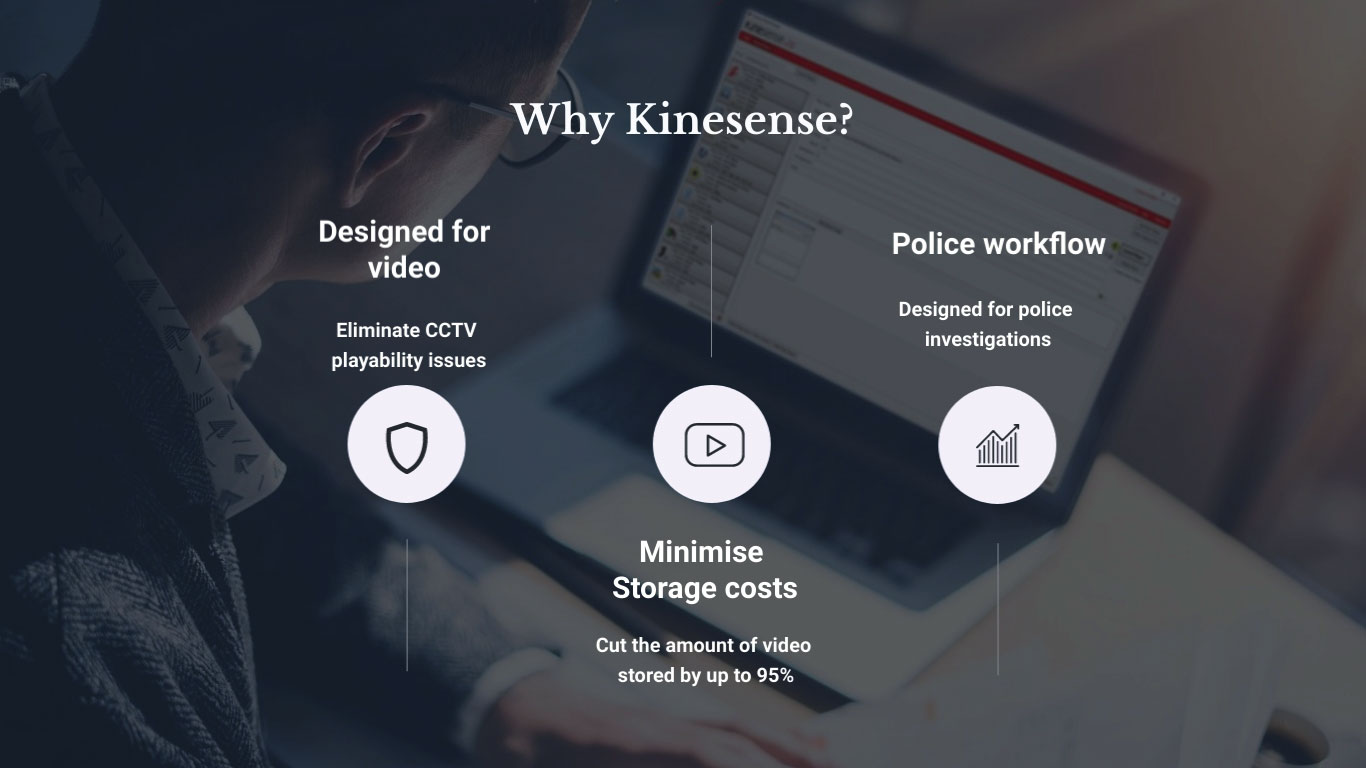
Up to 64% of major crime involves digital evidence, typically video from a CCTV or body worn camera, photos or audio files from a mobile phone.
Why Kinesense DEAM?
Some DEM systems are designed purely to store video from the manufacturers’ own body worn cameras, whereas most DAM systems will typically store images, audio, some video formats and any other supporting files such as PDFs and Word documents as standard; however, not all DAM systems can fully address the more complex issues of so many different video formats and file sizes from all of the CCTV, covert, body worn, in-car and interview room cameras (the UK Home Office suggested there are more than 4,200 formats).
Kinesense are specialists in video and have come into the market from a different perspective
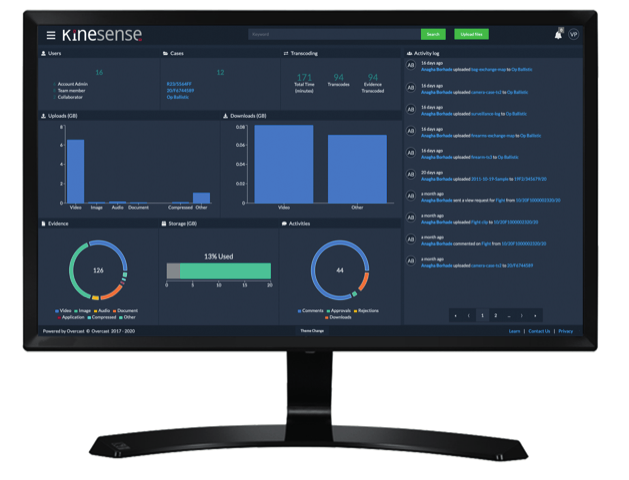
The Key Advantages of Kinesense DEAM
Designed for video
Kinesense DEAM is the only solution built from the ground up to support video. The Home Office suggests there are over 4,000 different video formats and with 74% of video in major criminal investigations coming from shops, petrol stations and home security, often with low cost proprietary cameras, they are as important as council run CCTV. Whilst other DEM/DAM systems can only play some of the common CCTV formats, Kinesense, with its extensive library of virtual players and integrations with the leading video management systems Milestone and Genetec (increasingly used by police, local authority CCTV control rooms and transport hubs) plus all of the leading covert solutions (used for undercover operations) can play the vast majority of video from any source.
Reduce storage costs
In conjunction with our video analytics solution Kinesense LE, we have helped save forces hundreds of thousands of Euro on storage costs by reducing the physical volume of video that they need to save. Using Kinesense LE, front-line officers visit their local police station, ingest and convert footage into a playable format, search for key events and then upload only the critical clips to the central storage. This reduces the average 1 hour video file previously stored to typically only 2 minutes of actual evidence, resulting in saving many petabytes of physical or cloud storage over a 12 month period.
Workflow and system management
Kinesense DEAM is designed to meet the needs of the modern day police workflow and the intuitive, user-friendly interface makes collaboration with colleagues, other police forces and external agencies simple. Users work from anywhere with internet access with the confidence that all content within the platform is securely encrypted and every activity (upload, comment, edit, share, etc) is logged and fully transparent for chain of evidence. It also helps with compliance of official regulations and guidelines, i.e. retention times and enables IT administrators to have full visibility and control.
The dashboard gives management a complete overview, enabling them to see users’ activities, manage individuals’ permissions, monitor how the system is functioning and what storage is being used to maximise performance and plan housekeeping.
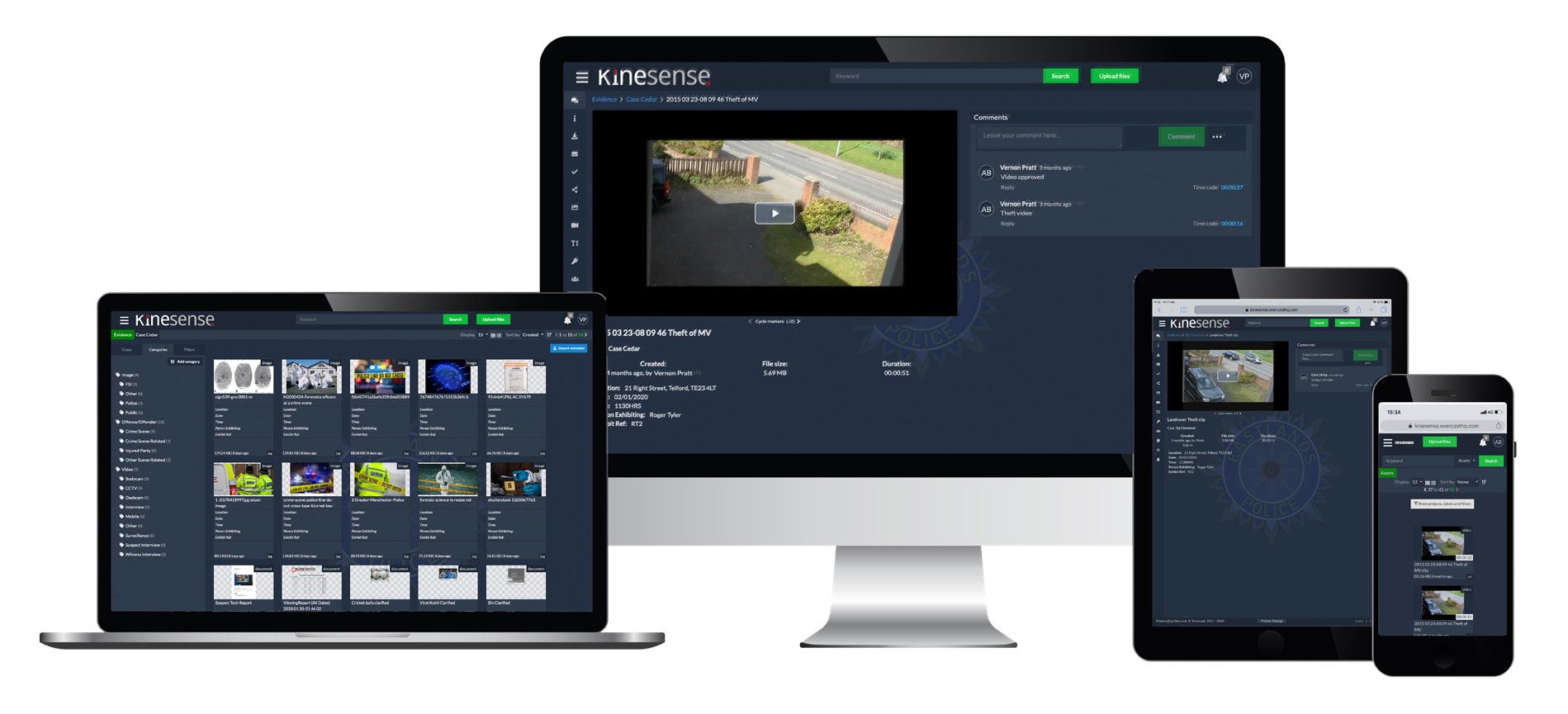
Retrieve
- Ingest different types of digital files
- Integrate with Kinesense LE for redaction, automatic video searching and advanced reporting
- Tag evidence with appropriate metadata
- Ensure chain of evidence processes
Review
- Apply permissions based on roles
- Search by asset type or metadata to retrieve assets quickly
- Play video frame by frame
- Bookmark and tag key events in video
Report
- Extract a clip from a video
- Request tasks from colleagues
- Export, email or share a link to an asset
- Review usage statistics including asset, personnel and storage logs
Technical Specifications
Support file size: Up to 5TB
Supported formats: Word, Excel, PDF, standard image and video formats
Client: Browser based solution
Supported browsers: Edge, Chrome, Firefox, Safari
Supported devices: Mobile, tablet, desktop, large screen
Deployment options: Cloud (AWS/ Azure), on premise upon request
Integration options: Use with Kinesense LE solution range, full API available for other integrations.

